
Insects - Spectrum of Homeopathy 03/2014
The pace of modern life has increased enormously. Restlessness and concentration problems are the results of a hectic lifestyle. People are disorientated, abandoned and adrift. Material things, external appearances and sexual attractiveness are valued more highly than ethics, empathy, and compassion. We can see all these themes in the homeopathic remedy pictures of insects, as shown by Jonathan Hardy, for example, in the proving and repertory symptoms of the butterfly Limenitis bredowii and the migratory locust Schistocerca. Even if many new insect remedies have now been well proved, the themes and signature as biological characteristics play a key role in our homeopathic approach to this ancient and most species-rich class of animals. This is also true of well-known remedies such as Apis mellifica, Formica rufa or Coccus cacti in the case histories of Rajan Sankaran, Shekhar Algundgi and Sigrid Lindemann, or Cantharis vesicatoria, known as a bladder remedy, examined by Ulrich Welte. The work with themes and signatures enables initial homeopathic differentiation of the confusing kingdom of the insects. Peter Fraser takes an especially novel approach with his contribution on the feeding habits of the insects. The differentiation between blood-sucking insects, cannibals, plant-eaters, coprophagous (faeces-eating) and nectar-sucking insects produces illuminating insights for homeopathy. This is also true of the parasites, investigated by Jörg Wichmann and Angelika Bolte with the remedies Coccus cacti and Hirudo medicinalis. Ulrich Welte adds additional information on bugs, fleas and other pests. These include the annoying two-winged flies Musca domestica and Culex musca, for which Andreas Richter presents a detailed stress-reaction pattern. We learn a great deal about butterflies from the informative articles by Jonathan Hardy, Mike Keszler, Alize Timmerman and Jenna Shamat. In addition to their flighty hyperactivity, already investigated by Patricia Le Roux, butterflies are also associated with themes of love and metamorphosis, death and rebirth. The multifaceted contributions of this issue can only cover part of the unbelievable spectrum of the insect world, which remains terra incognita for homeopathy, in which themes and signatures offer valuable orientation without substituting for new remedy provings. This issue of SPECTRUM seeks to give a feeling for the special energy of the insects and offer encouragement to dive deeper into their kingdom. |

|
Peter Fraser: Escaping the Earth
Insects, a nuanced overview of this multifarious class of remedies |

|
Bhawisha Joshi: They think I'm nothing
Blatta orientalis and the similarities between Insects and other remedy groups |

|
Andreas Richter: Disconnected and left behind
A comparison of Musca domestica and Culex musca |

|
Ulrich Welte: Damned overbearing
Cimex, Pulex, and other nuisances |

|
Angelika Bolte / Jörg Wichmann: Sticking, Fastening, Clinging
Coccus cacti and Hirudo medicinalis, the common factors of Parasites |

|
Sigrid Lindemann: Gone with the wind
Coccus cacti surpasses Apis as the better simile |

|
Jean-Thierry Cambonie: Something under my skin drives me crazy
Finding the difference between a Parasite and its more well-known nosode |

|
Ulrich Welte: Wild, impetuous, erratic
Three striking cases of Cantharis vesicatoria |

|
Rajan Sankaran / Shekhar Algundgi: Pricking and burning
Apis mellifica and Formica rufa – a fresh look at two classic remedies |

|
Renate Paschmanns: Severe burns
Apis for skin damage following radiotherapy |

|
Markus Kuntosch: Flying dragons are eating my family
Anax imperator, the emperor dragonfly, is the simile for a child’s pictures |

|
Jonathan Hardy: Buzzing right through the body
Schistocerca gregaria and americana – two proved Locusts |

|
Heinz Wittwer: The other song
Schistocerca gregaria – an exotic case of desert Locust |

|
Peter Fraser: You are what you eat
Insects – the effect of different nutritional patterns on the remedy picture |

|
Jonathan Hardy: "Flitty" and twitchy
Limenitis bredowii californica with the sensation method |

|
Jenna Shamat / Alize Timmerman: Metamorphosis and transformation
Papilio lowi and the search for true love |
Insects - Spectrum of Homeopathy 03/2014

average customer rating:  185
1854,6 out of 5 Stars 124 reviews (german), 61 reviews (english) Top commentsShow newest comments firstJanine verified purchase

7 years ago
Spectrum of Homeopathy
Always inspiring and relevant. I find that I often go back to my library of Spectrum journals to re-read for reference when I have unusual cases as they provide me with alternative answers. read more ... 10 people find this helpful. Do you find this helpful?
 Yes Yes No NoFrancis Treuherz verified purchase

2 years ago
very interesting
I have retired from clinical practice at the age of 80. Spectrum fills the gap and enables me to keep up with the developing ideas of homeopathy by reading the intelligent discussions of themed materia medica. read more ... 6 people find this helpful. Do you find this helpful?
 Yes Yes No NoDenise Wilhelmi

2 years ago
Reptiles "E Book"
I spent 2 days trying to download this Ebook and finally contacted Adobe to find they cannot help me as Adobe does not support the Elements download programme. I emailed Narayana Verlag 'contact person' to request help or a replacement hard copy. The outcome is l need to cancel my order and re order a hard copy. If i am successful i will do another review. I have been satisfied with previous books purchased through Narayana Verlag. Best Regards. Denise read more ... 2 people find this helpful. Do you find this helpful?
 Yes Yes No NoTuija Kokko verified purchase

2 years ago
1 person finds this helpful. Do you find this helpful?
 Yes Yes No NoTania Rodriguez-Arias verified purchase

7 years ago
Fascinating account of peadiatric cases
Very interesting issue for practitioners and families wanting to learn more about the different approaches and case studies on children with developmental and behavioral disorders read more ... 1 person finds this helpful. Do you find this helpful?
 Yes Yes No NoSarah Hemesley verified purchase

2 years ago
Spectrum - Mammals
Very high standard and depth of cases, as always with this brilliant magazine read more ... Do you find this helpful?
 Yes Yes No NoLaurie Teal NPP verified purchase

2 years ago
Spectrum Trauma
Very well done. Helpful. Good understanding of combine methodology using Sankaran and Scholten’s work. read more ... Do you find this helpful?
 Yes Yes No NoDenise Hadden verified purchase

2 years ago
Long Covid - A wonderful collection of valuable information
A wonderful collection of valuable information Thank you! read more ... Do you find this helpful?
 Yes Yes No NoCarrie Stearns verified purchase

3 years ago
Spectrum of Homeopathy - Genus Epidemicus
Excellent resource for treating patients in this time of pandemic. I would welcome another issues that speaks of how to support people with side affects from vaccination. read more ... Do you find this helpful?
 Yes Yes No No |
||||||



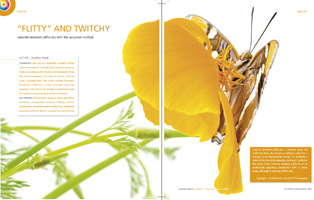

















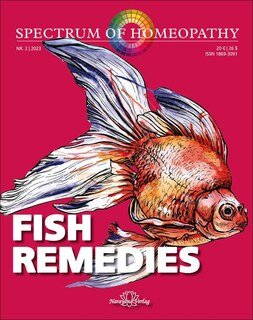
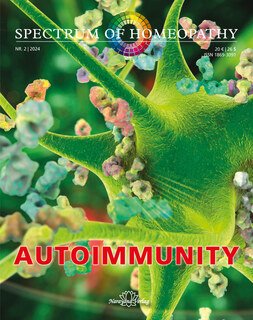
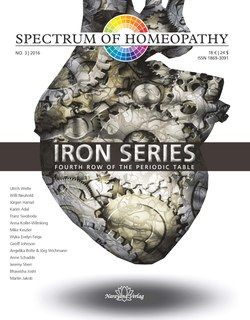
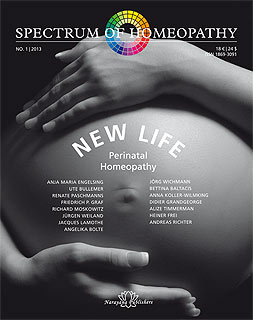
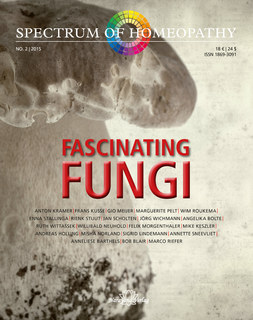
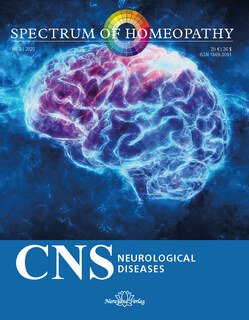
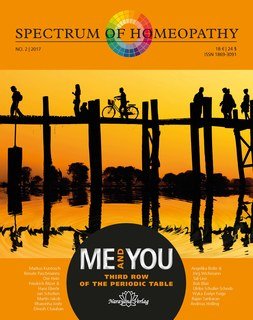
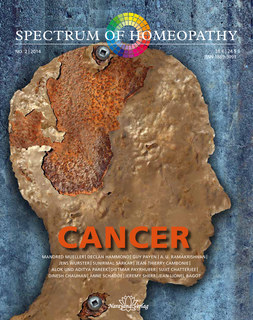
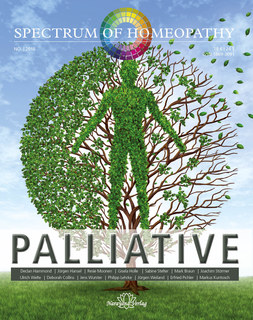
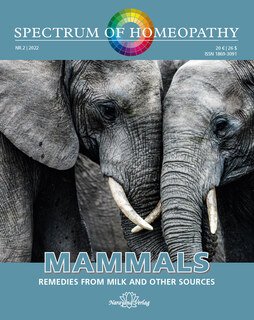
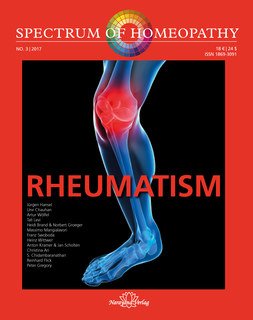
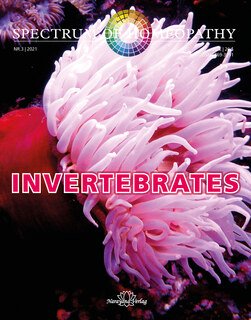



Wonderful reviews, specifically the ones dedicated to vaccination read more ...